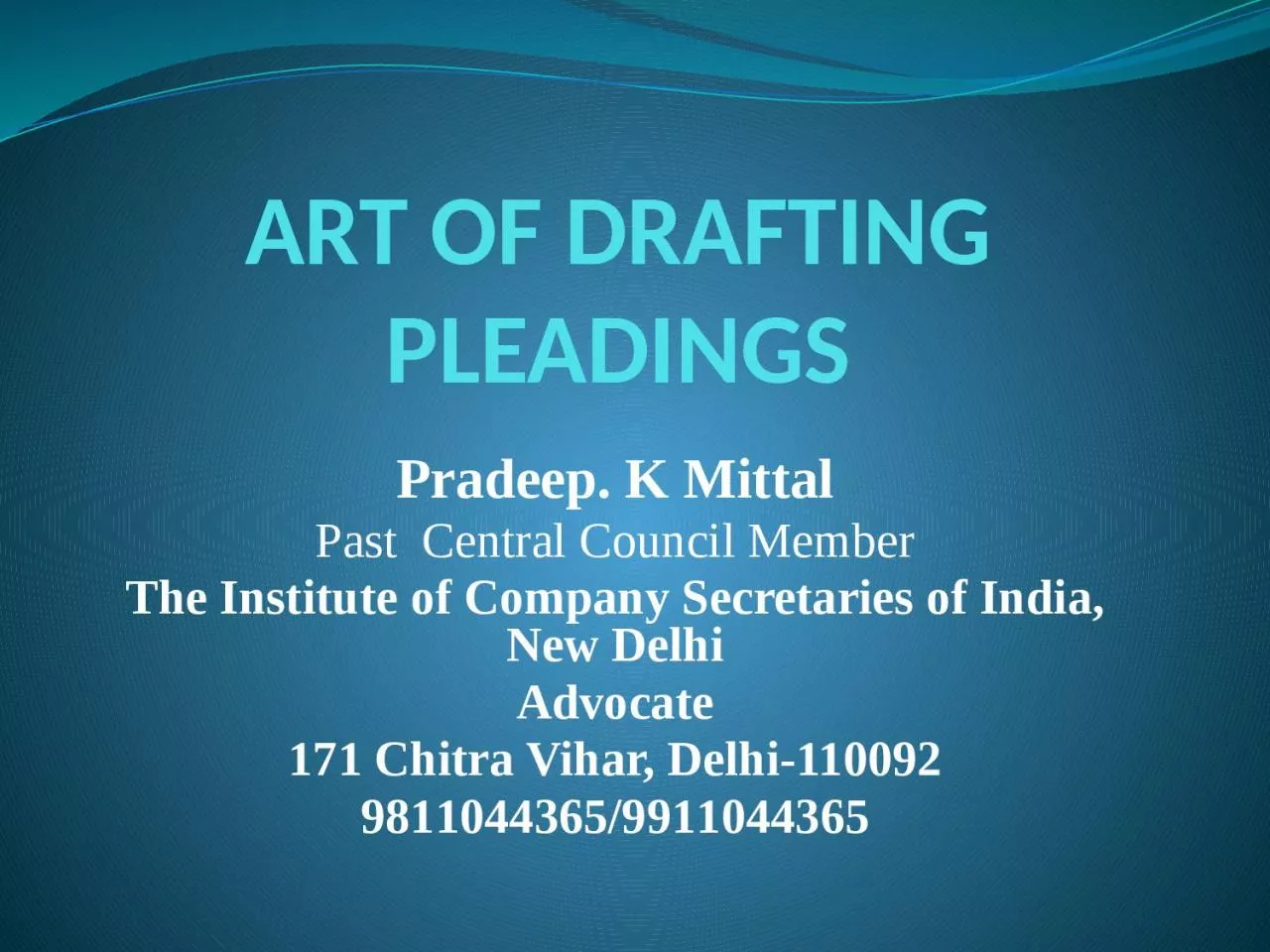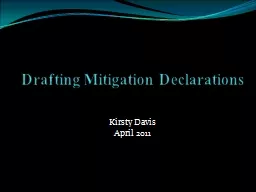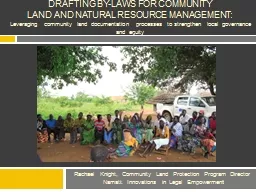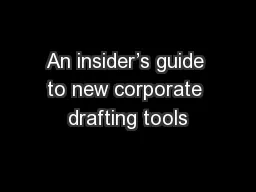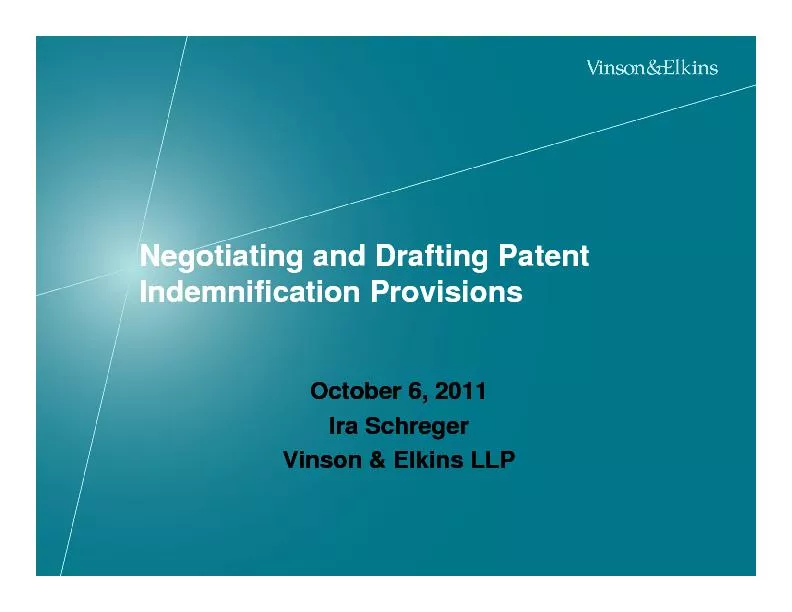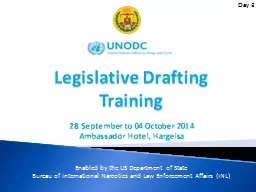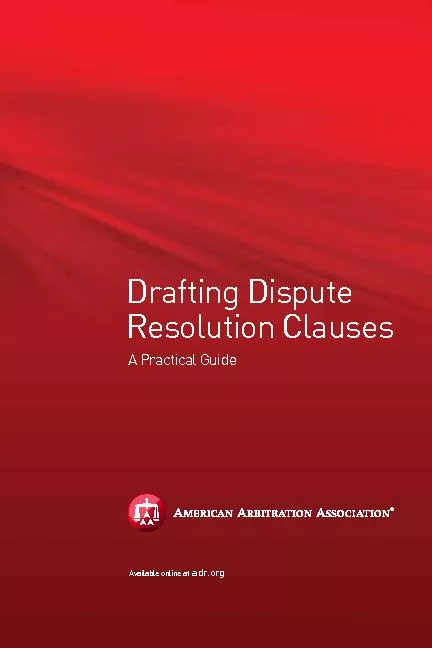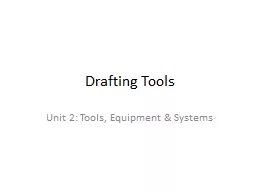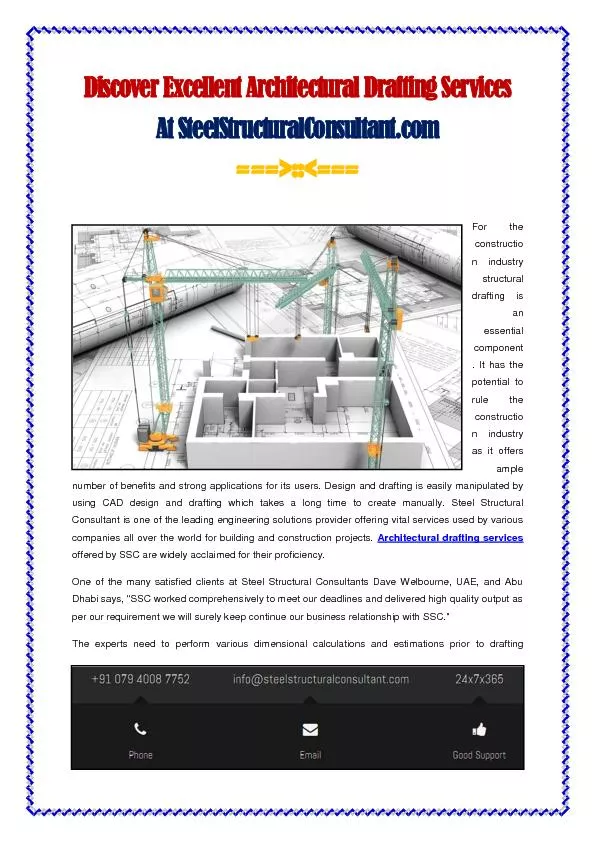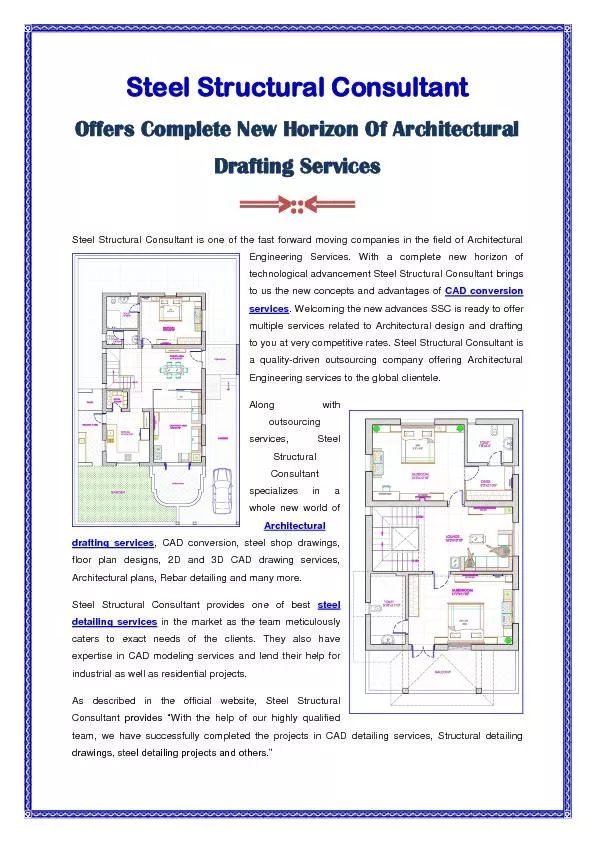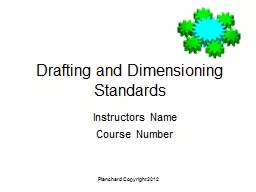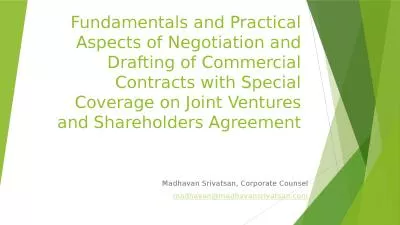PPT-ART OF DRAFTING PLEADINGS
Author : rose | Published Date : 2023-11-06
Pradeep K Mittal Past Central Council Member The Institute of Company Secretaries of India New Delhi Advocate 171 Chitra Vihar Delhi110092 98110443659911044365
Presentation Embed Code
Download Presentation
Download Presentation The PPT/PDF document "ART OF DRAFTING PLEADINGS" is the property of its rightful owner. Permission is granted to download and print the materials on this website for personal, non-commercial use only, and to display it on your personal computer provided you do not modify the materials and that you retain all copyright notices contained in the materials. By downloading content from our website, you accept the terms of this agreement.
ART OF DRAFTING PLEADINGS: Transcript
Download Rules Of Document
"ART OF DRAFTING PLEADINGS"The content belongs to its owner. You may download and print it for personal use, without modification, and keep all copyright notices. By downloading, you agree to these terms.
Related Documents

